
|
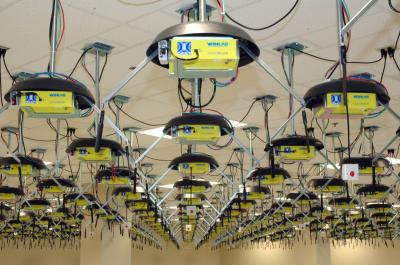
|

|

|
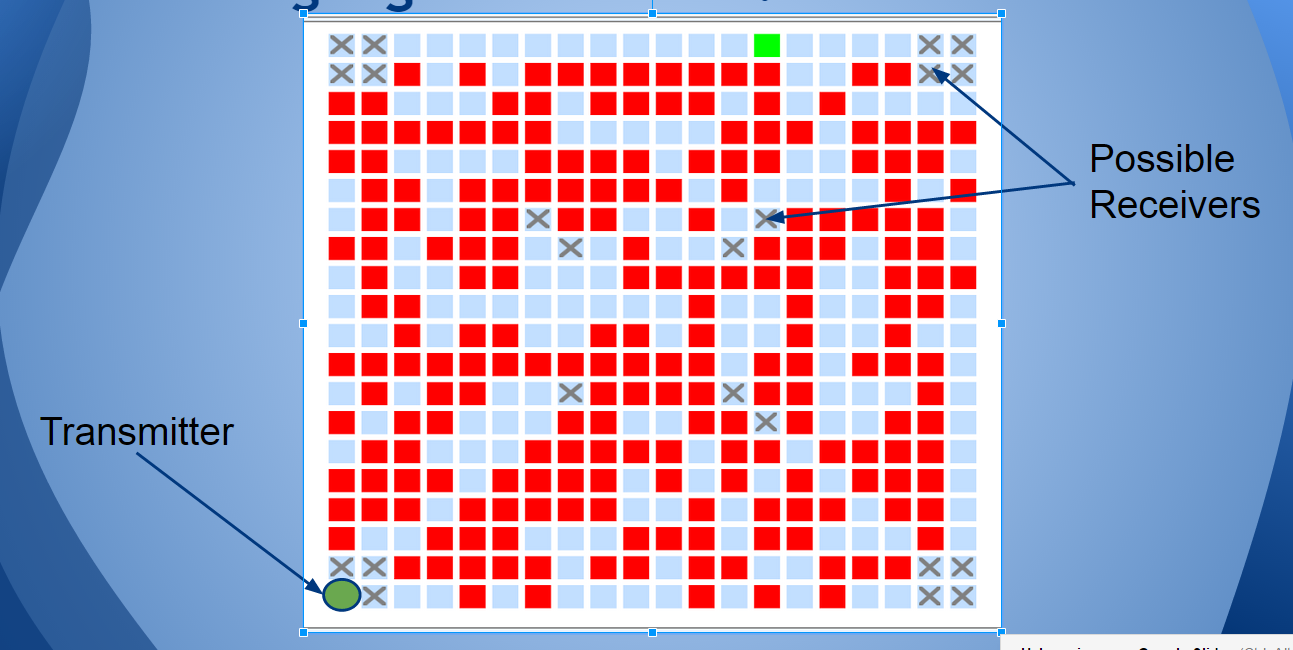
|
|
|

|
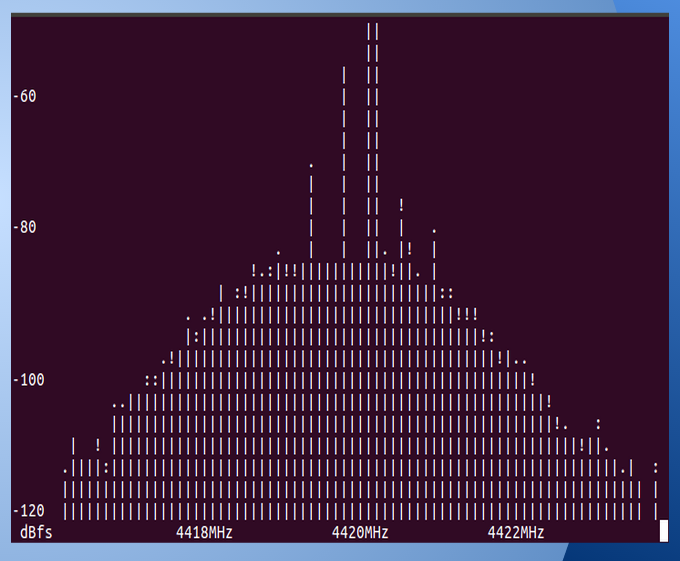
|
|
|
|
|
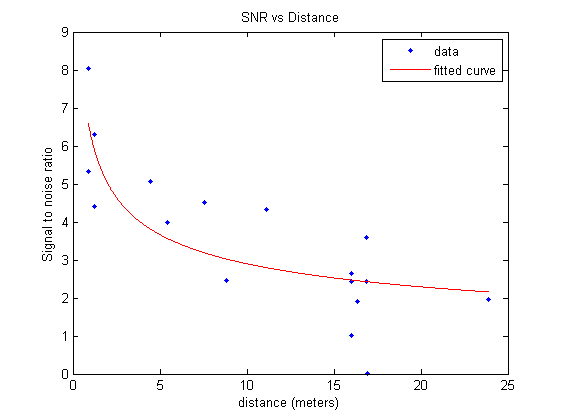
|
Using the measured signal power, along with the distance between the transmitted and receiver, we obtained a signal amplitude-distance pair. We many of these pairs using different transmitters and receivers. We then plotted these items on a graph and found the exponential fit for the graph, as show below |
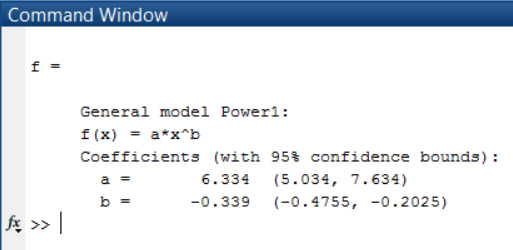
|
|

|

|

|
| Rahul Hingorani University of Michigan Industrial/Electrical Engineering |
Vineet Shenoy Rutgers University Electrical and Computer Engineering |
Karan Rajput Rutgers University Electrical and Computer Engineering |